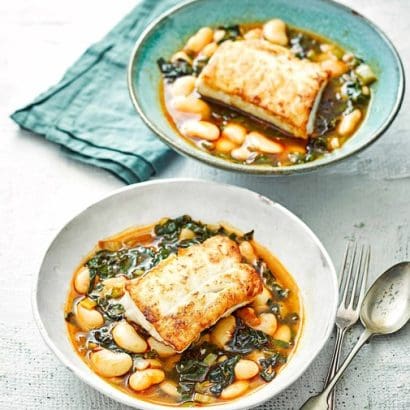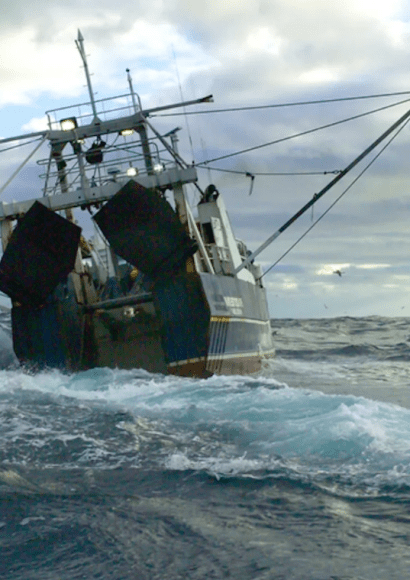
Trawl fishing, a prevalent method in the global fishing industry, has long been recognized for its efficiency in catching seafood. However, alongside its economic benefits, trawl fishing raises significant concerns regarding its environmental impact. As we navigate the complexities of modern fisheries management, the concept of trawl fishing sustainability emerges as a critical focal point, necessitating a delicate balance between environmental preservation and economic prosperity.
In this article, we embark on a journey to explore the intricate dynamics of trawl fishing sustainability. We delve into the multifaceted relationship between the fishing industry and the marine environment, examining the trade-offs and challenges inherent in achieving a harmonious coexistence between human activity and nature.
Contents
Understanding Trawl Fishing Sustainability.🐟
In the vast expanse of the ocean, trawl fishing stands as a prominent method, casting its nets wide to capture the bounty of marine life below. But what exactly is trawl fishing, and why does its sustainability matter? Let’s embark on a journey to unravel the mysteries of this fishing technique and its implications for our oceans.
Definition of Trawl Fishing and Its Significance.
Trawl fishing involves dragging a large net, known as a trawl, through the water, scooping up fish and other marine creatures along the way. This method is widely used in the fishing industry due to its efficiency in catching large quantities of seafood. From shrimp to cod to the coveted Papardón fish, trawl fishing plays a crucial role in supplying seafood to markets worldwide.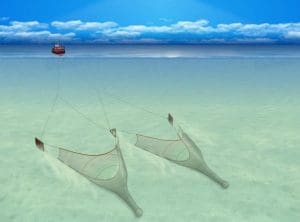
Environmental Concerns Associated with Trawl Fishing.
However, beneath the surface lies a troubling reality. The indiscriminate nature of trawl fishing poses significant environmental concerns. As the trawl net sweeps across the seabed, it can cause extensive habitat destruction, flattening corals and disrupting delicate ecosystems. Moreover, bycatch – the unintended capture of non-target species – further exacerbates the ecological impact, leading to the depletion of vulnerable marine populations.
Importance of Promoting Sustainable Practices.
In the face of these challenges, promoting sustainable practices is paramount to safeguarding the health of our oceans. By embracing methods such as selective fishing gear and implementing marine protected areas, we can minimize the adverse effects of trawl fishing on marine ecosystems. Moreover, fostering collaboration between fishermen, scientists, and policymakers is essential for developing innovative solutions that balance conservation with economic needs.
Discover Delicious Papardón Fish Recipes.
Looking to tantalize your taste buds with the exquisite flavors of Papardón fish? Look no further! Dive into our collection of delectable recipes featuring this flavorful and versatile seafood. From crispy fish tacos to succulent grilled fillets, explore a world of culinary delights with these 5 recipes with Papardón fish. Whether you’re a seafood enthusiast or a novice in the kitchen, these recipes are sure to impress your palate and elevate your dining experience.
Economic Considerations and Stakeholder Perspectives.
In the bustling world of fishing, economic factors intertwine with environmental concerns, shaping the perspectives of stakeholders ranging from fishermen to policymakers. Let’s delve into the economic benefits of trawl fishing, the challenges faced by those in the industry, and the diverse viewpoints on balancing economic interests with environmental conservation efforts.
Economic Benefits of Trawl Fishing.
For coastal communities and fishing industries, trawl fishing serves as a vital economic lifeline, providing employment opportunities and supporting local economies. The abundance of seafood caught through trawling fuels restaurants, markets, and seafood processors, driving economic growth and livelihood sustainability along the coast. From the bustling fish markets of coastal towns to the bustling kitchens of seafood restaurants, the economic ripple effects of trawl fishing are felt far and wide.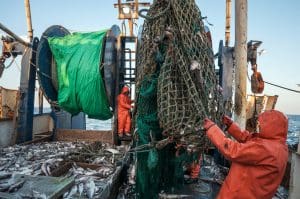
Challenges Faced by Fishermen and Fisheries Management Authorities.
Despite its economic significance, trawl fishing is not without its challenges. Fishermen grapple with fluctuating fish stocks, changing regulations, and the constant pressure to adopt sustainable practices while maintaining profitability. Fisheries management authorities face the delicate task of balancing conservation goals with the economic needs of coastal communities, navigating complex trade-offs and competing interests. Moreover, the implementation of sustainable fishing practices requires significant investment in technology, training, and infrastructure, posing additional challenges for stakeholders.
Stakeholder Perspectives on Trade-offs.
Amidst these challenges, stakeholders hold diverse perspectives on the trade-offs between economic interests and environmental conservation efforts. While some advocate for stricter regulations and conservation measures to protect marine ecosystems, others emphasize the importance of supporting fishermen and preserving traditional fishing practices. Balancing these perspectives requires careful consideration of the social, economic, and environmental implications of fishing policies, fostering dialogue and collaboration among stakeholders to find common ground.
Strategies for Promoting Trawl Fishing Sustainability.🐟
In the quest for a more sustainable future for our oceans, innovative strategies play a pivotal role in mitigating the environmental impact of trawl fishing while ensuring the livelihoods of fishermen and the health of marine ecosystems. Let’s explore some practical strategies that can promote trawl fishing sustainability for generations to come.
Adoption of Technological Innovations.
Embracing technological innovations is key to reducing the environmental footprint of trawl fishing. Devices such as TEDs (turtle excluder devices) and BRDs (bycatch reduction devices) offer promising solutions to minimize unintended catch and protect vulnerable species. By incorporating these innovations into fishing gear, fishermen can target specific species more effectively while minimizing harm to non-target marine life.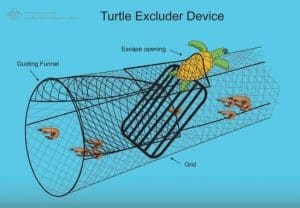
Implementation of Regulations and Policies.
Effective regulations and policies are essential for safeguarding marine habitats and minimizing bycatch in trawl fishing operations. Governments and fisheries management authorities can enact measures such as seasonal closures, area restrictions, and gear modifications to protect sensitive habitats and reduce the impact of trawling on marine biodiversity. By enforcing these regulations, we can create a more sustainable framework for the fishing industry while preserving the health of our oceans.
Promotion of Certification Programs.
Certification programs, such as MSC certification (Marine Stewardship Council), play a crucial role in incentivizing sustainable fishing practices among fishermen. By adhering to stringent criteria for environmental sustainability and responsible fishing practices, fishermen can earn certification for their catch, providing consumers with assurance that their seafood was sourced responsibly. Through consumer education and market incentives, certification programs drive demand for sustainably sourced seafood, encouraging fishermen to adopt more sustainable practices.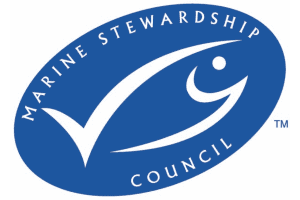
The Future of Trawl Fishing Sustainability.🐟
As we look ahead to the future of trawl fishing sustainability, emerging trends and innovative technologies offer promising pathways for navigating the challenges ahead. Let’s explore the evolving landscape of trawl fishing and the potential avenues for achieving a more sustainable balance between economic needs and environmental conservation.
Emerging Trends in Trawl Fishing Technology.
Innovations in maritime navigation, gear design, and fish tracking technologies are revolutionizing the way we approach trawl fishing. From GPS-enabled navigation systems to advanced sonar technology, fishermen can now pinpoint fishing grounds with greater precision, reducing fuel consumption and minimizing environmental impact. Additionally, developments in gear design, such as lightweight materials and improved mesh sizes, help reduce bycatch and protect sensitive marine species.
Importance of Continued Research and Collaboration.
To address the sustainability challenges facing trawl fishing, continued research and collaboration among stakeholders are essential. Scientists, fishermen, policymakers, and conservationists must work together to develop innovative solutions that balance economic interests with environmental conservation. By sharing knowledge, data, and best practices, we can foster a culture of sustainability within the fishing industry and drive positive change for our oceans.
Potential Pathways for Achieving Sustainability.
Looking ahead, there are several potential pathways for achieving a more sustainable balance in trawl fishing. Investing in research and development of alternative fishing gear and practices, such as selective fishing methods and ecosystem-based management approaches, can help minimize the environmental impact of trawling while maintaining economic viability. Furthermore, promoting consumer awareness and support for sustainably sourced seafood can create market incentives for fishermen to adopt more responsible fishing practices.
Trawl Fishing on Marine Ecosystems.🐟
How does trawl fishing impact marine ecosystems?
Trawl fishing can have significant adverse effects on marine ecosystems. The dragging of heavy nets along the seabed disturbs the delicate balance of marine habitats, resulting in habitat destruction and alteration. Coral reefs, seagrass beds, and other essential habitats suffer damage, disrupting the intricate web of life that depends on them. Moreover, the indiscriminate nature of trawling leads to bycatch, where non-target species are unintentionally caught, further impacting biodiversity and ecosystem health.
What are the methods used to reduce bycatch in trawl fishing?
To mitigate the impact of bycatch in trawl fishing, various methods and technologies have been developed. One common approach is the use of selective fishing gear, such as TEDs (turtle excluder devices) and BRDs (bycatch reduction devices), which allow non-target species to escape while retaining the target catch. Additionally, employing spatial and temporal management measures, such as area closures and seasonal restrictions, helps minimize interactions between fishing gear and vulnerable species. Collaborative efforts between fishermen, scientists, and policymakers are essential to implementing these solutions effectively and ensuring the long-term sustainability of trawl fishing.

